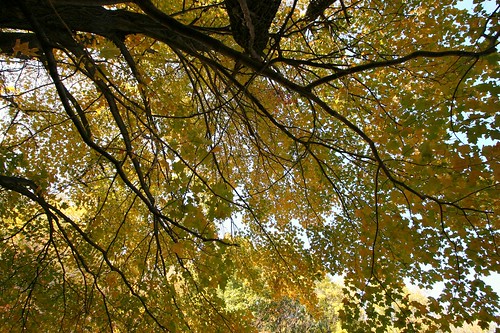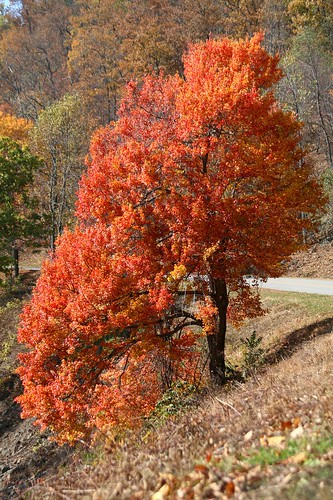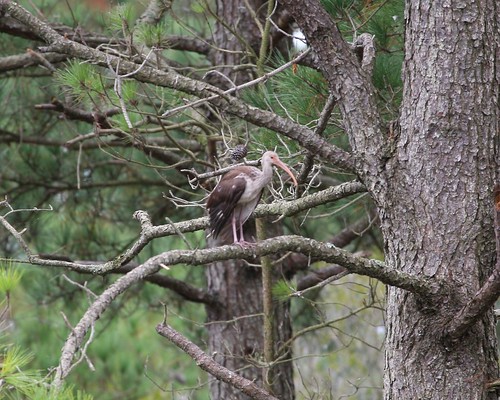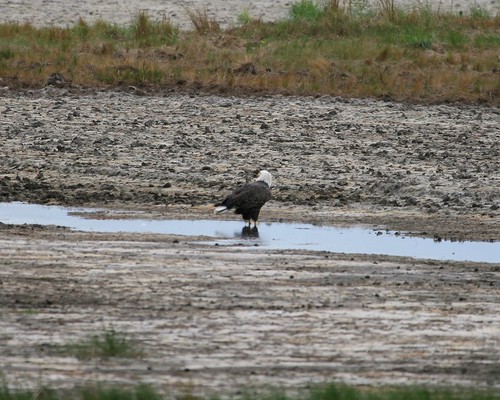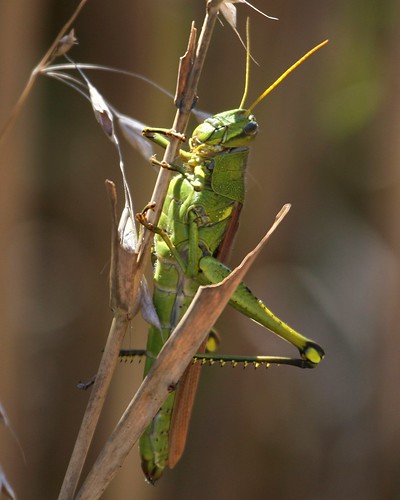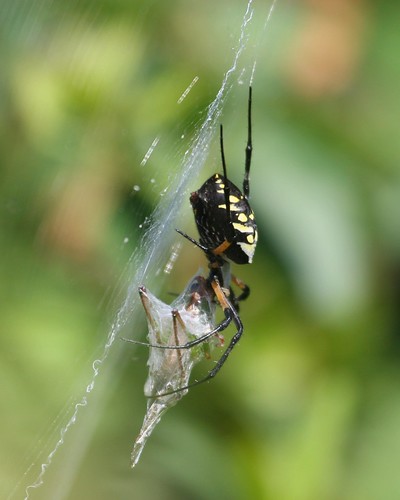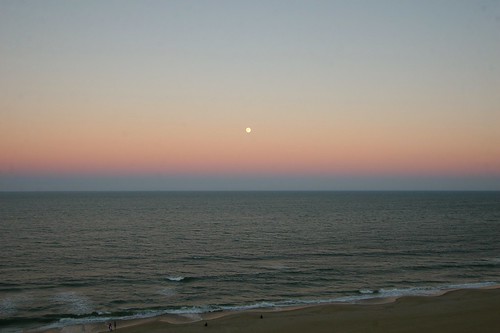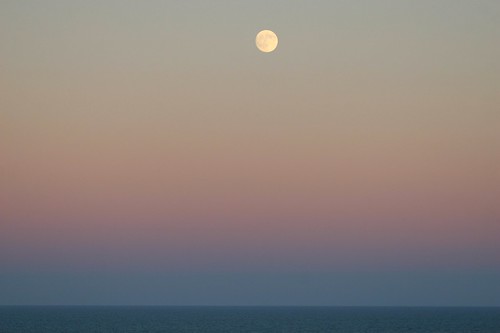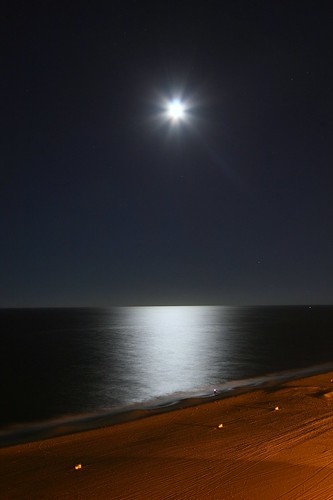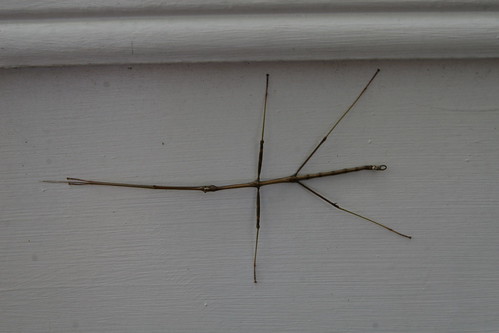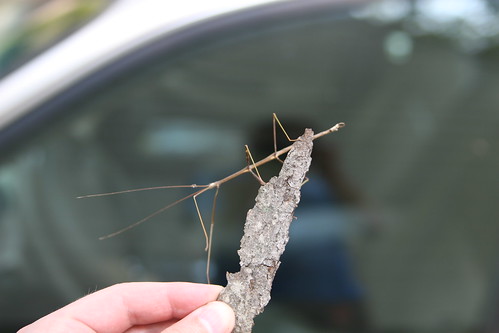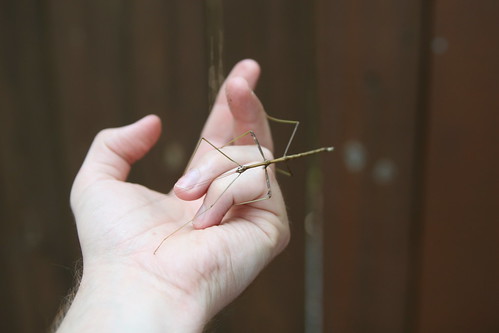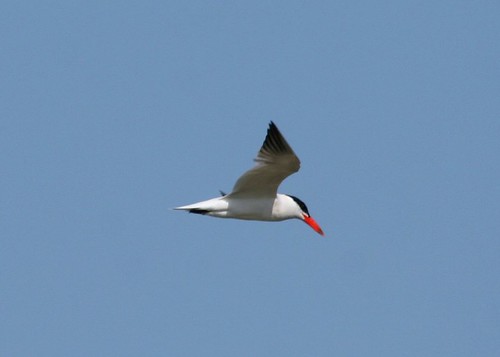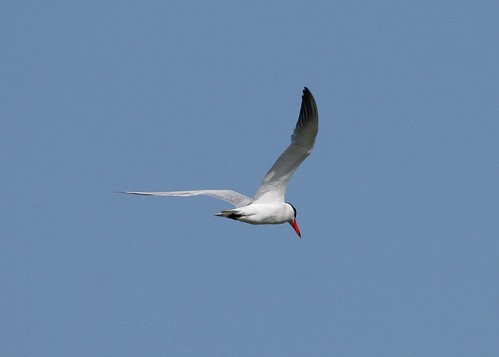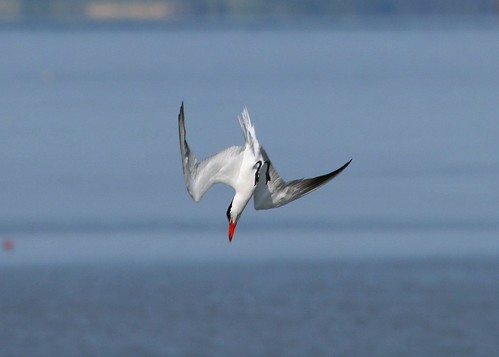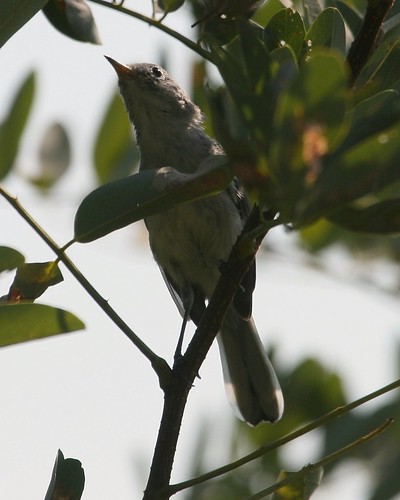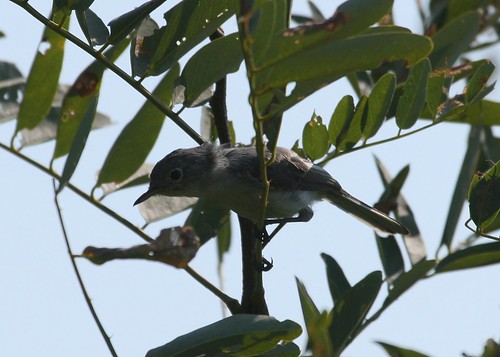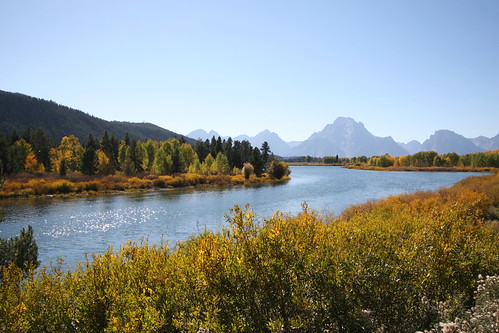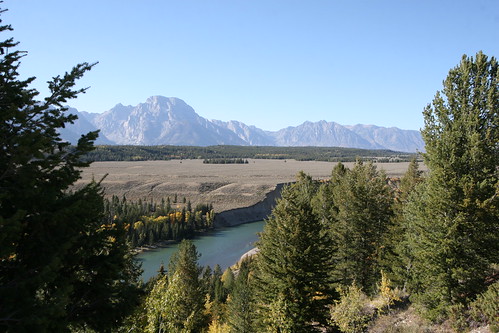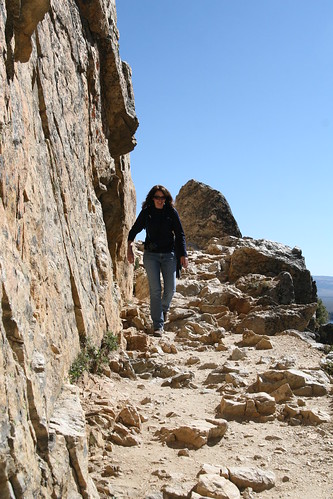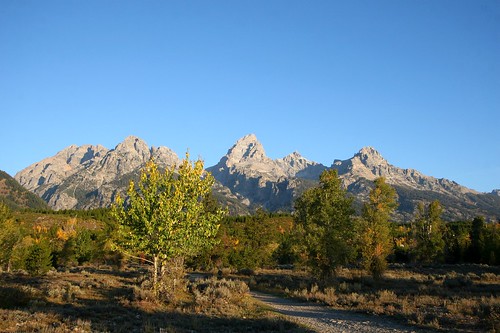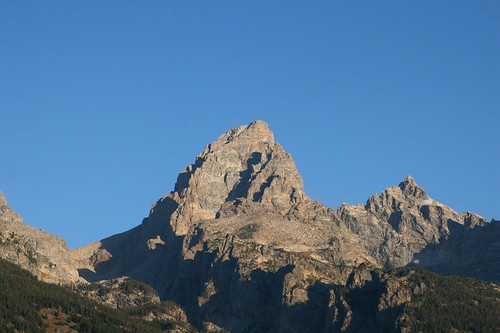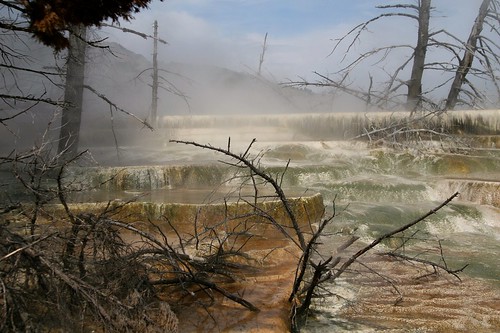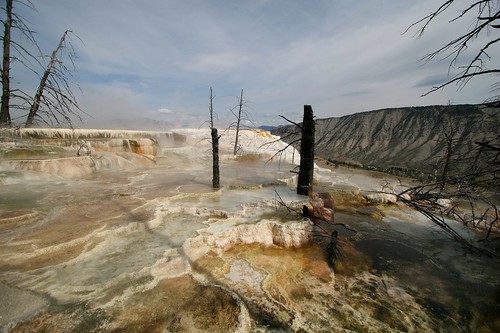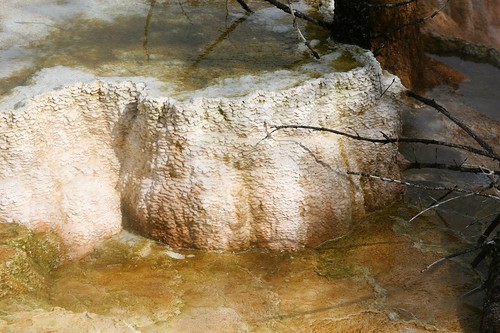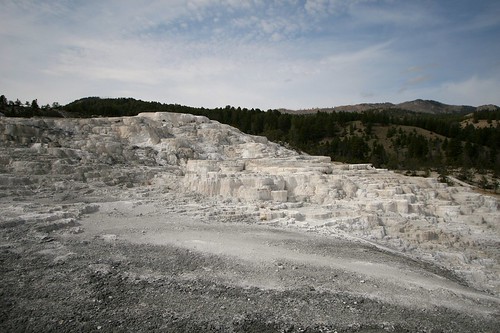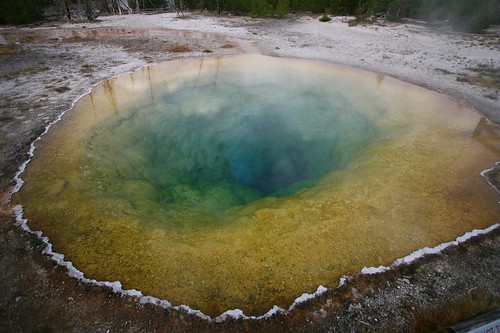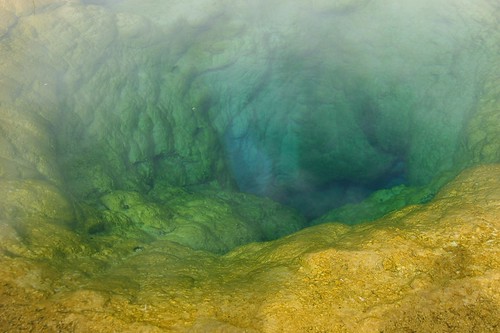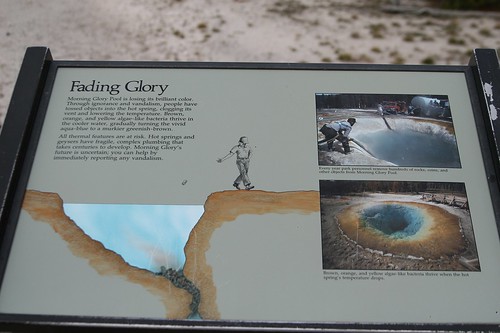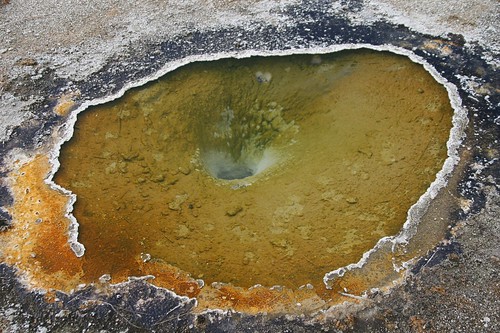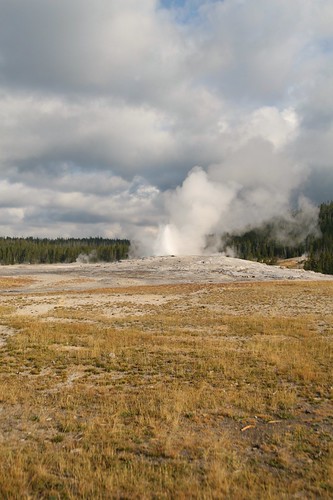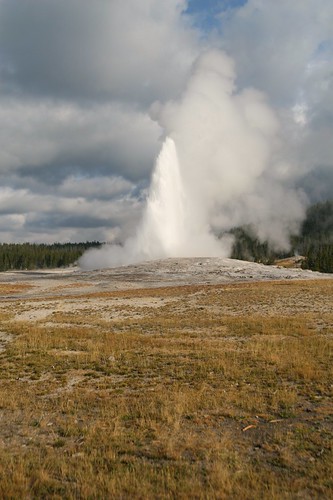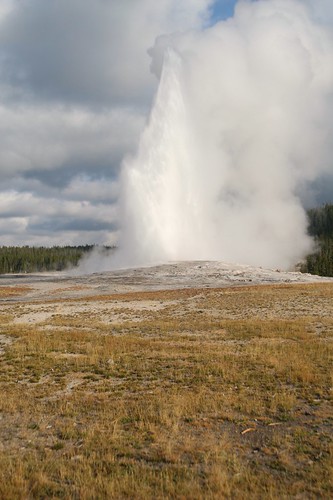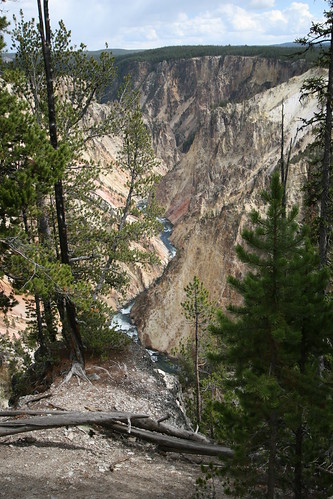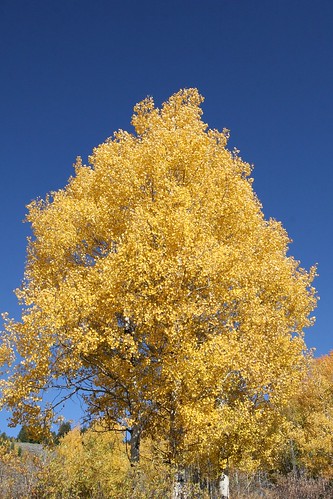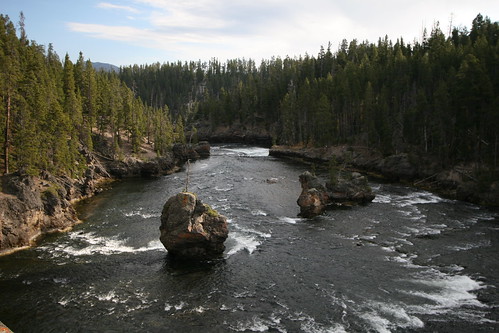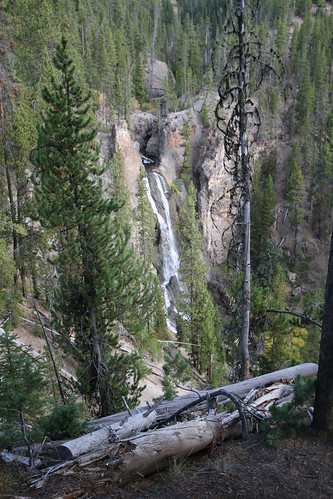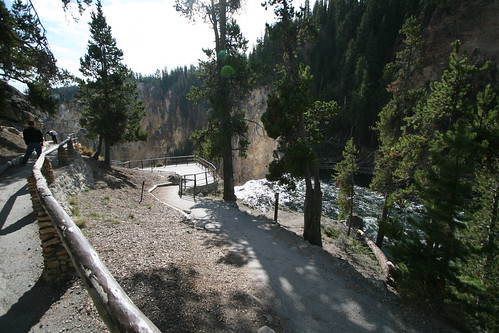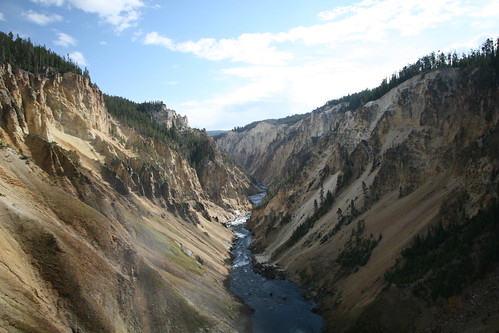The pictures almost did not happen, however, since the morning started with my camera giving me fits (the "dreaded" Canon error 99). A couple quick emails later with Rich, and he had provided me with a nice set of troubleshooting steps that eventually got my camera back in working order.
Speaking of pictures. In my last post I mentioned that a change at my current photo hosting company has led to the decision to switch to Flickr. I have begun the massive effort of moving all my photos to Flickr. As I write this post, I have uploaded 7900 pictures to Flickr (spanning from 2005 through the Rapidan Loop hike from July of this year). I still have the remainder of the photos from this year to get uploaded before I begin to convert the posts in this blog to reference Flickr hosted photos. My goal is to have all my pictures uploaded to Flickr before my next trip (flying to Miami on New Year's Day...next Tuesday!) so that whatever pictures I take on that trip go straight to Flickr. I have no idea how long it will take me to convert this blog :-/
Anyhow, this blog post is about fall foliage. Here are a few photos of the leaves.

